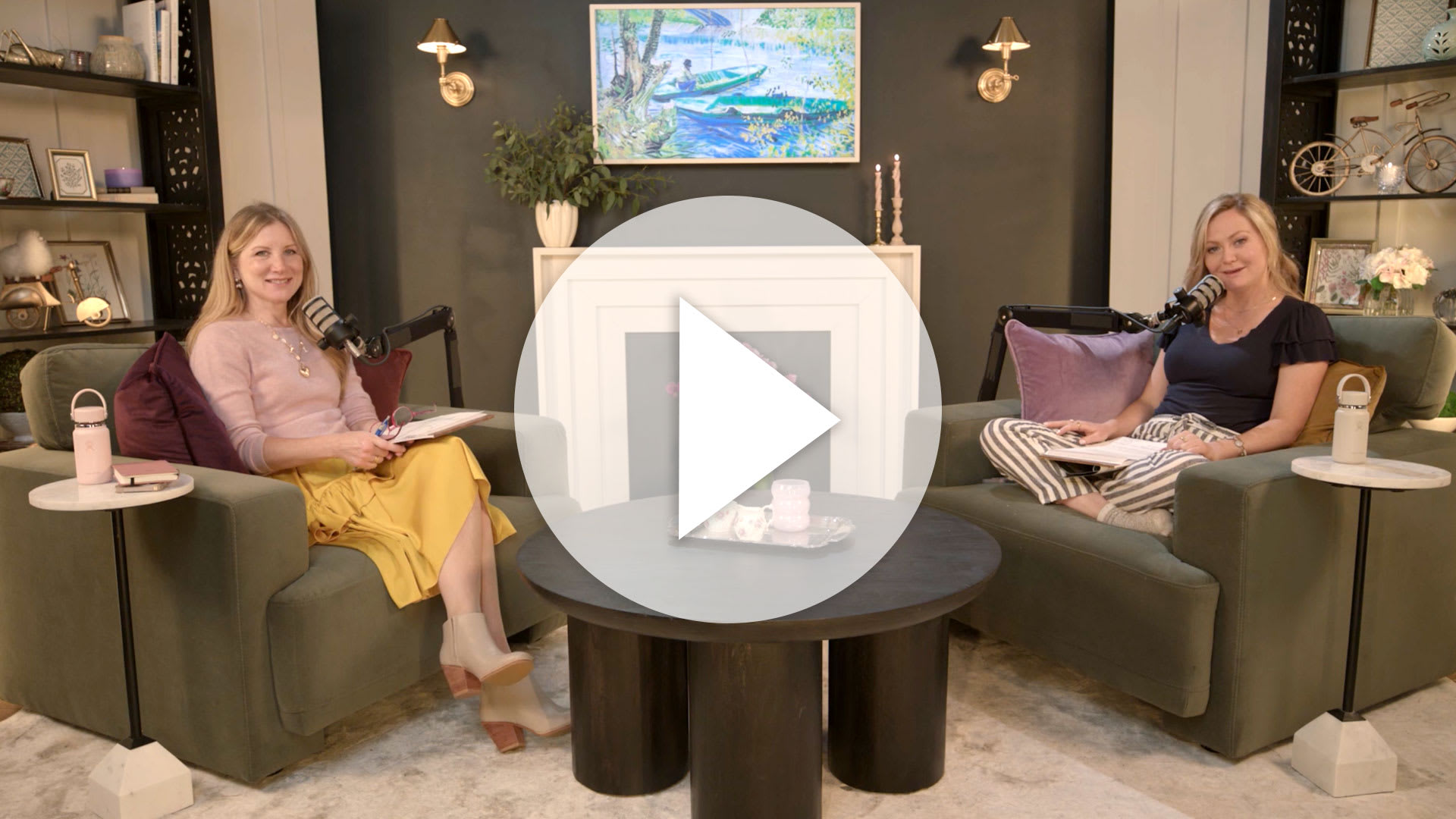From Chaos to Clarity: How Interior Design Powers Productivity at Home
If you’ve ever felt inexplicably drawn away from your perfectly set-up home office (hello, comfy living room recliner!), you’re not alone! Staying productive in your home office is a problem that plagues many of us - but, luckily, there are steps you can take to reclaim your space.
Below, we'll outline why most home offices become less-used over time, and we'll give you practical restyling tips to make your space more inviting. You can also learn more about staying productive at home on our recent podcast episode of Seated with Furniture Row.
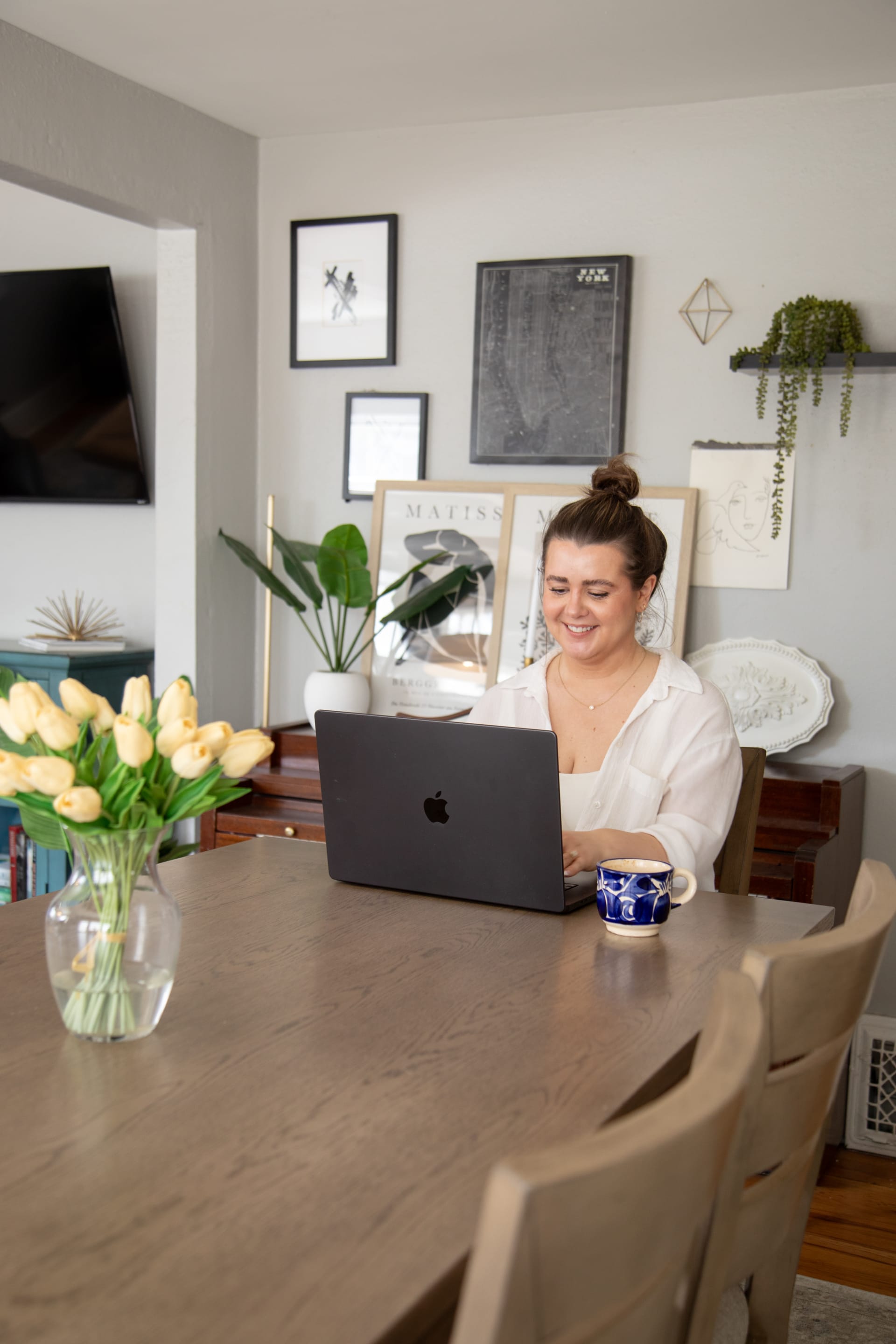

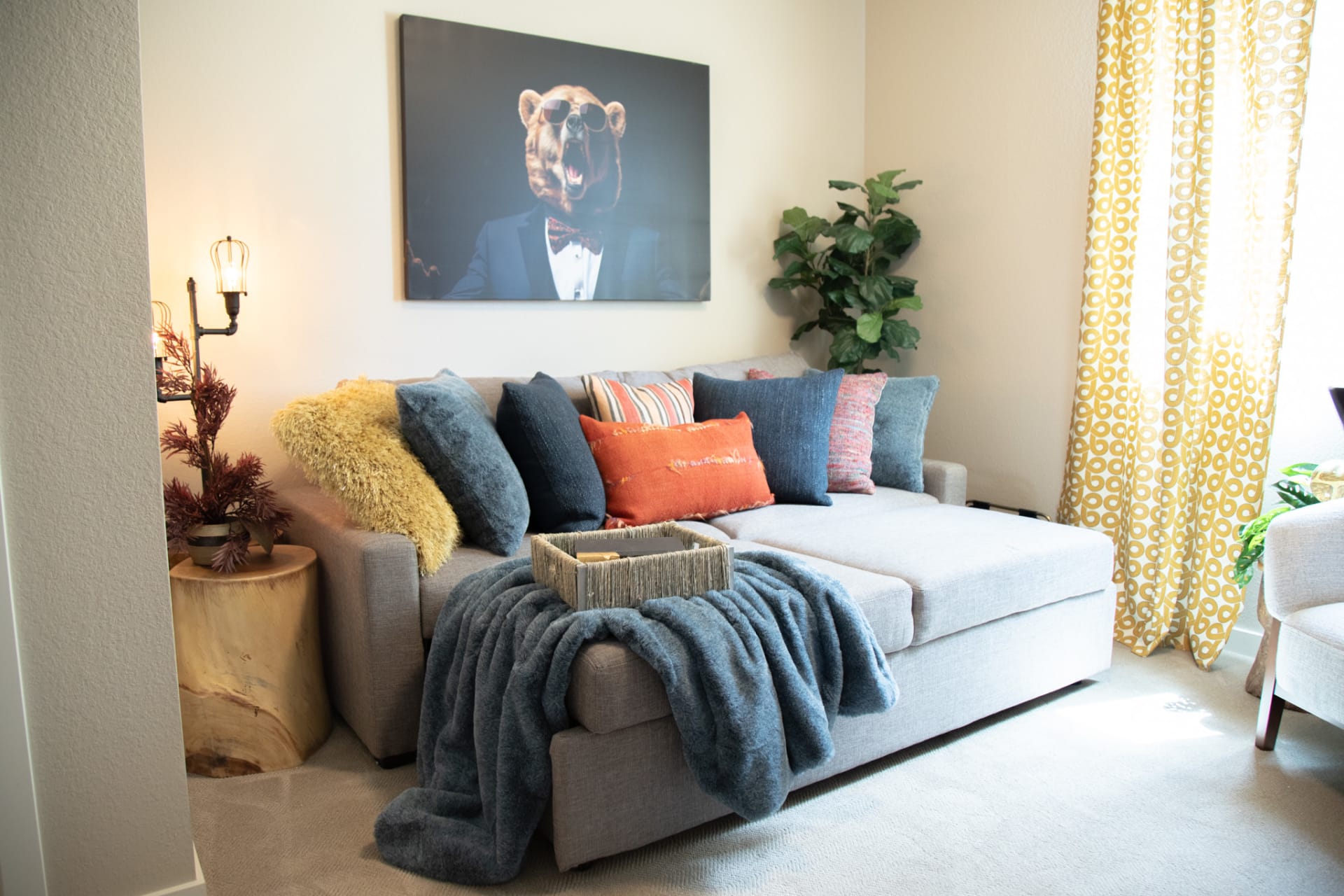

Why Do We Avoid Spaces Designed for Productivity?
Jessa opens with a question pulled right from Reddit: "Within the last year or so, I’ve found myself working in my living room every day and pretty much avoiding my designated home office... even though the office is set up so much better for work... Am I the only person with this weird-ass problem?"
Barb’s reaction: so many of us set up workspaces with the best intentions—ergonomic chairs, lush plants, even a great webcam—but sometimes, it just doesn’t “feel right.” Why is that?
The Science Behind Productive Spaces
Barb and Jessa didn’t stop at personal stories—they brought research to back up what we all feel:
- Natural Light: 60% of workers say they don’t get enough natural light, and it’s not just about the view. A lack of sunlight can drain your energy and focus.
- Open-Plan Pitfalls: 37% of people in open-plan offices feel less productive, often because of noise and frequent distractions.
- Good Ergonomics = Greater Speed: People in well-designed, ergonomic workspaces complete tasks about 15% faster than those in cluttered, awkward environments.
5 Ways to Boost Productivity with Interior Design
1. The Power of Color
Color isn’t just for looks—it shapes how we feel and work.
- Warm tones : Reds, oranges, and yellows stimulate energy, enthusiasm, and communication. But use thoughtfully—too much and it can become distracting.
- Cool colors: Blues and Greens offer Calm, tranquility, creativity—great for bedrooms and offices where you want focus without stress.
- Neutrals: Offer the perfect “canvas” for pops of color and balance.
Scientific research even links certain shades to improve mood and focus—so don’t be afraid to experiment!

Reds, oranges, and yellows stimulate energy, enthusiasm, and communicatin. Best used in collaborative and conversational spaces.

Shades of Blue, Green, and Purple offer calm, tranquility, creativity. Great for bedrooms and offices where you want to boost focus or minimize stress.

Creates a grounding and adaptable backdrop to promote stability and balance while keeping the space from feeling overwhelming.
2. Lighting Sets the Mood
Not all lighting is created equal:
- Bright, cool light: Boosts alertness and sharpness—think work zones.
- Dim, warm light: Great for winding down and relaxing.
- Smart bulbs: These let you program your lighting to match your natural rhythms (and even your mood). Smart and color-changing lighting offers personalization, and can synchronize with natural rhythms for well-being.
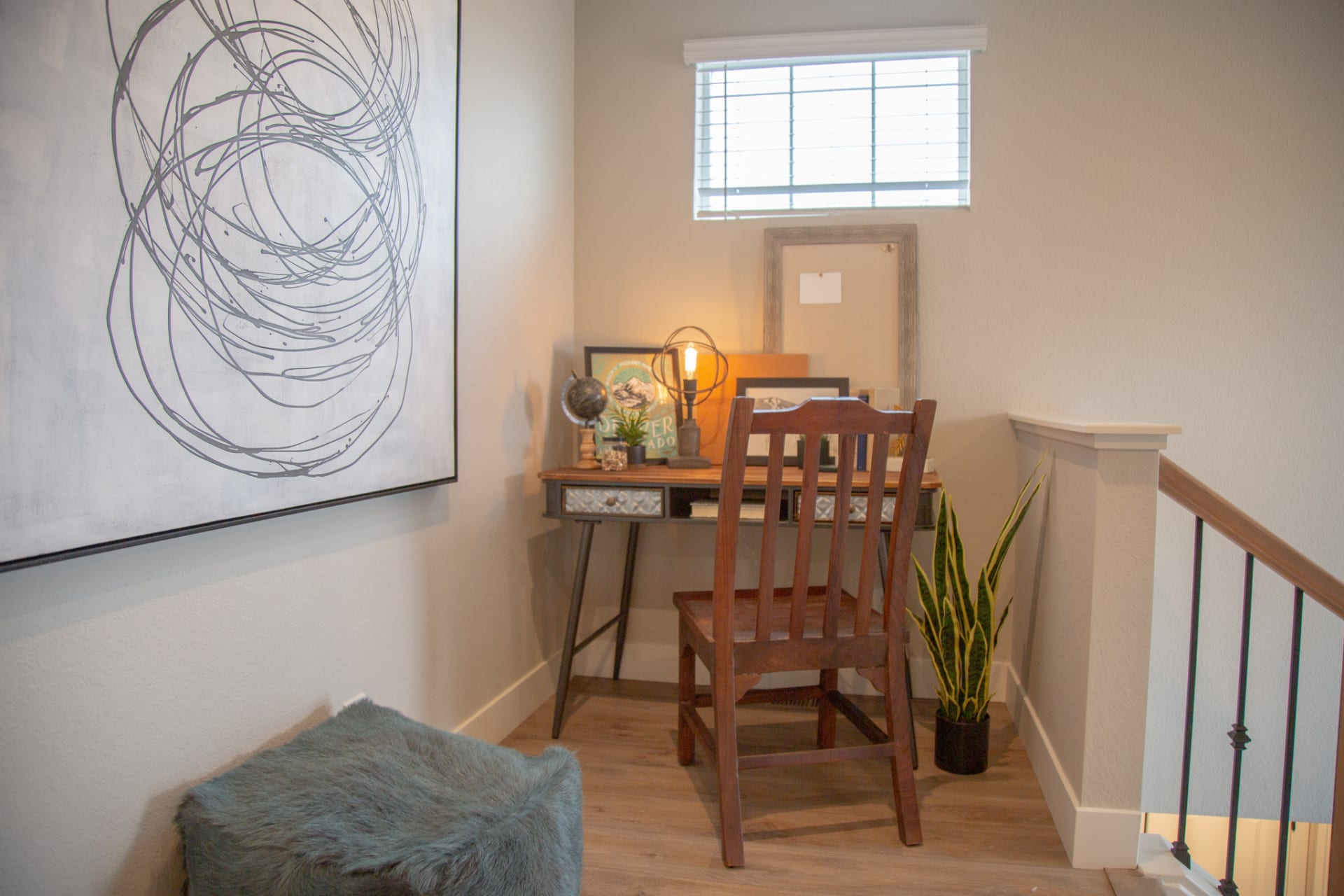

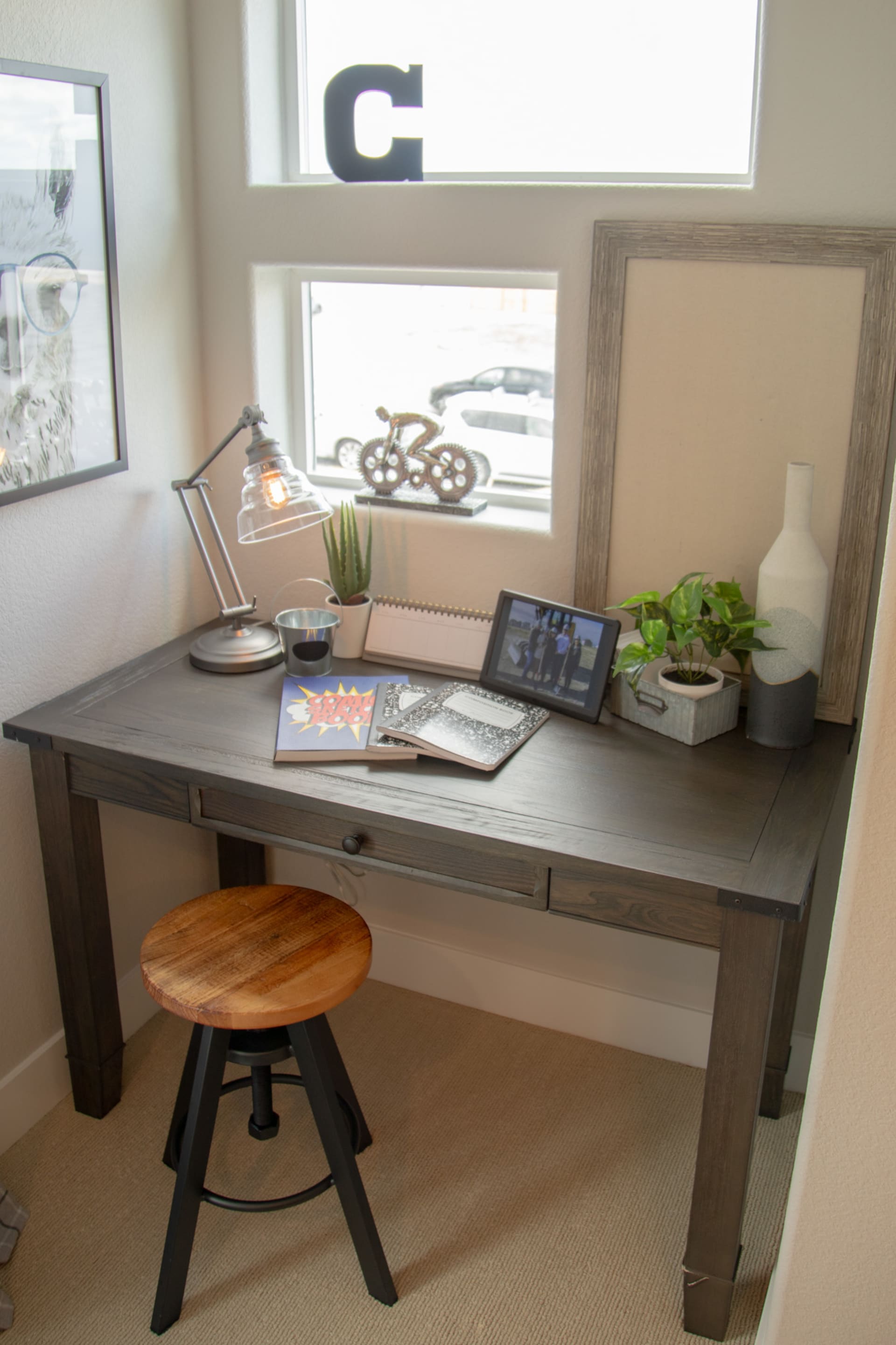

3. Biophilic Design: Bring Nature In
Studies show that elements like wood, stone, and live plants actually reduce stress and support psychological well-being.
- Integrating materials like wood, stone, and natural fibers fosters tranquility and a sense of connection to nature. Even if your “garden” is just a potted cactus, it counts!

4. Storage & Organization: Less Clutter, More Clarity
- A messy space = a messy mind. Efficient storage (like shelves, file cabinets, and bins) helps you reclaim focus and makes your workspace feel more peaceful and professional.

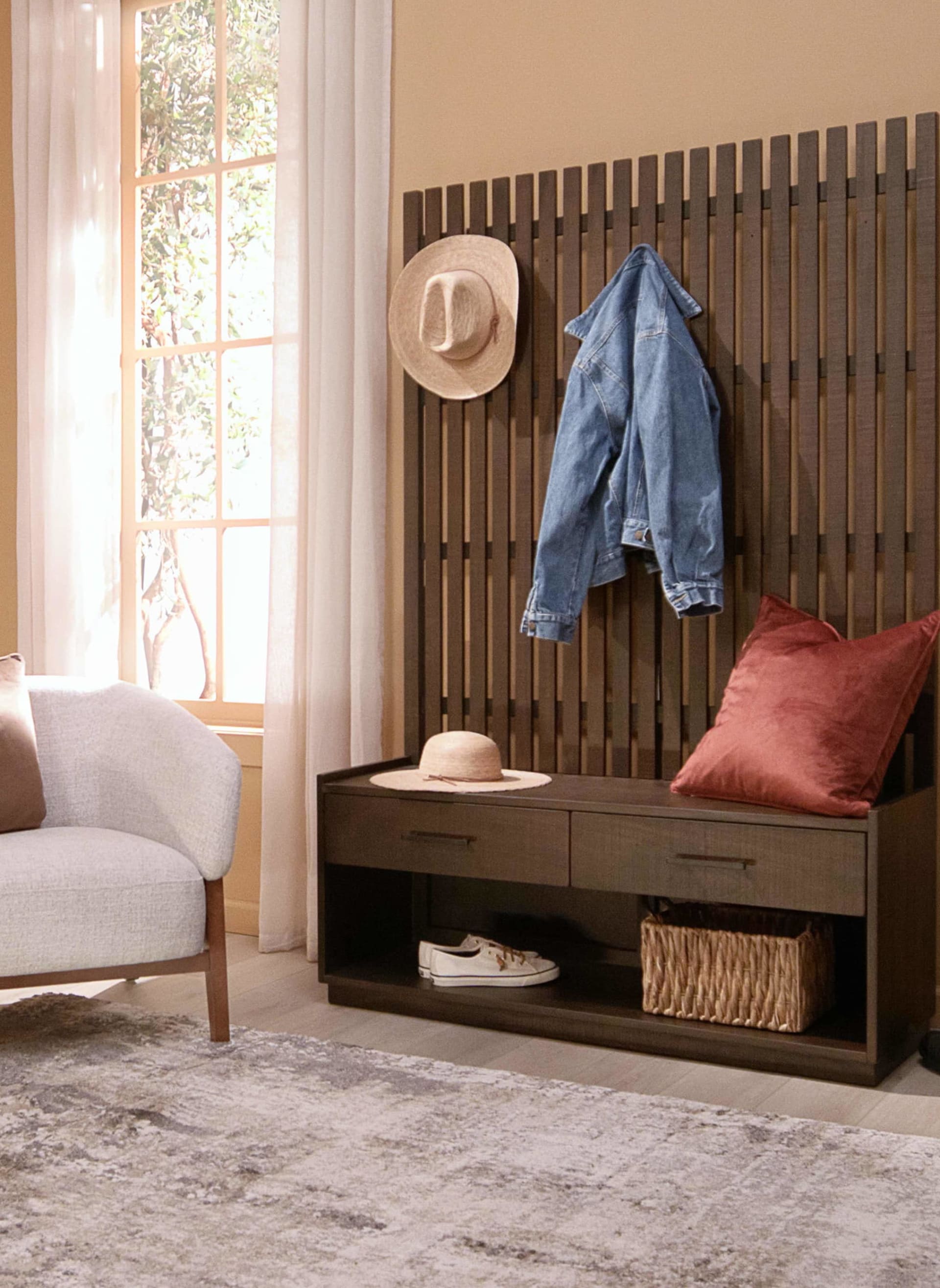

5. Defined Zones for Work & Play
- Use rugs, lighting, or furniture groupings to create distinct zones in your home—even in a shared space. That way, your brain knows: work here, relax there.
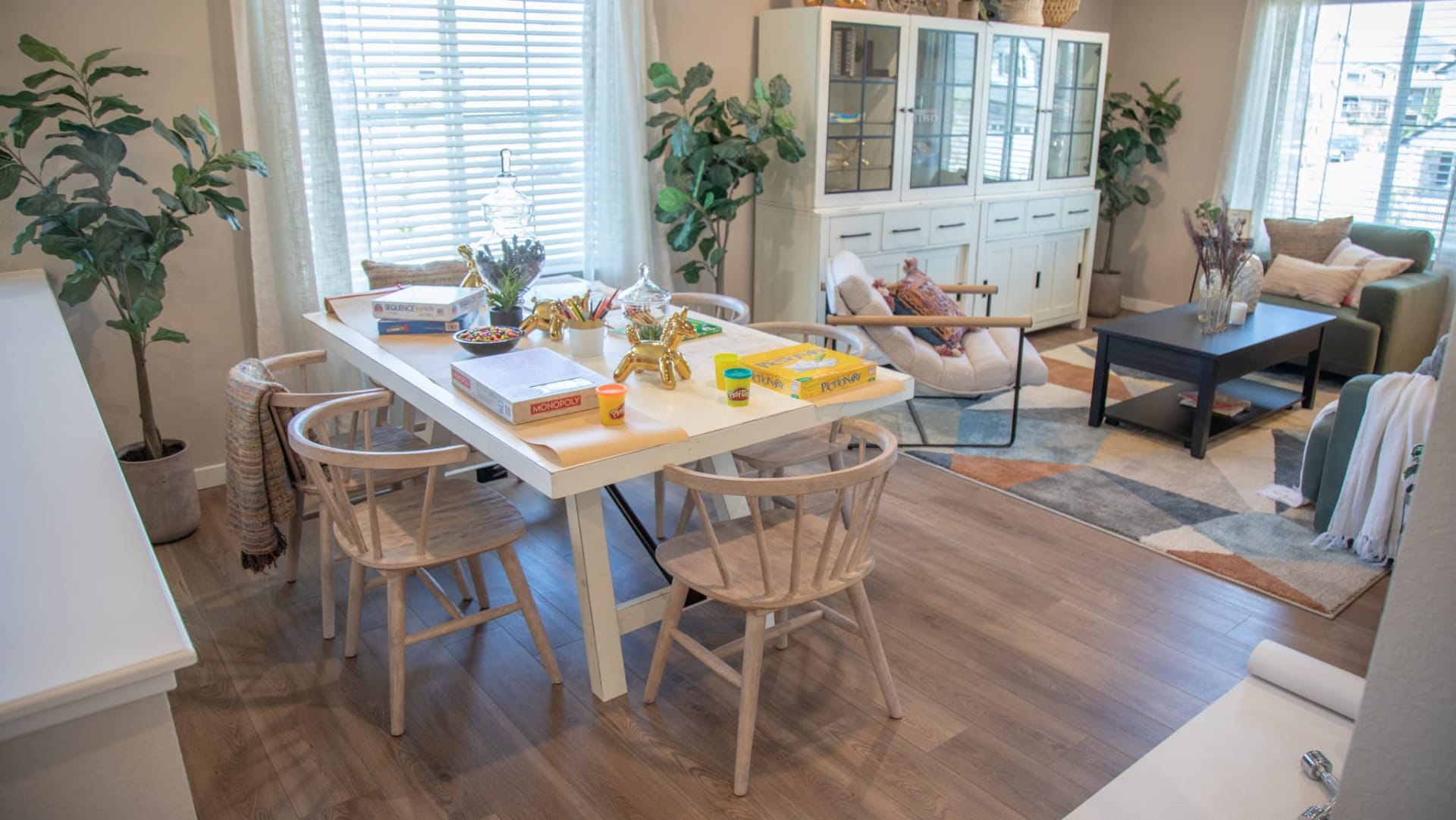
Real-World Problem, Real-World Solutions
So if you find yourself avoiding your “perfect” work setup, look deeper. Is the lighting off? Is the décor too stimulating? Does clutter sneak back daily? Sometimes, a few small tweaks make all the difference.
- Your most productive space doesn’t have to look like a Pinterest board. Sometimes, it’s a clean desk by a window. Sometimes, it’s just moving your chair for better light.
Listen In!
Want even more actionable hacks and a peek behind the scenes? Tune in to the full episode of Seated with Furniture Row for science-backed strategies, laugh-out-loud real-life stories, and inspiration to help you create a home—and a work life—you love.
Feeling inspired? Share your favorite productivity design hack in the comments, and let’s make at-home work...well, work for us all.
